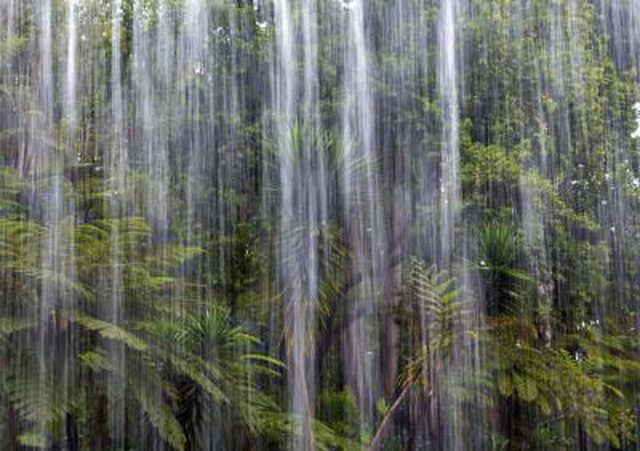Bulbs
Flower Basics
Flower Beds & Specialty Gardens
Flower Garden
Garden Furniture
Garden Gnomes
Garden Seeds
Garden Sheds
Garden Statues
Garden Tools & Supplies
Gardening Basics
Green & Organic
Groundcovers & Vines
Growing Annuals
Growing Basil
Growing Beans
Growing Berries
Growing Blueberries
Growing Cactus
Growing Corn
Growing Cotton
Growing Edibles
Growing Flowers
Growing Garlic
Growing Grapes
Growing Grass
Growing Herbs
Growing Jasmine
Growing Mint
Growing Mushrooms
Orchids
Growing Peanuts
Growing Perennials
Growing Plants
Growing Rosemary
Growing Roses
Growing Strawberries
Growing Sunflowers
Growing Thyme
Growing Tomatoes
Growing Tulips
Growing Vegetables
Herb Basics
Herb Garden
Indoor Growing
Landscaping Basics
Landscaping Patios
Landscaping Plants
Landscaping Shrubs
Landscaping Trees
Landscaping Walks & Pathways
Lawn Basics
Lawn Maintenance
Lawn Mowers
Lawn Ornaments
Lawn Planting
Lawn Tools
Outdoor Growing
Overall Landscape Planning
Pests, Weeds & Problems
Plant Basics
Rock Garden
Rose Garden
Shrubs
Soil
Specialty Gardens
Trees
Vegetable Garden
Yard Maintenance
How to Grow Kava Kava
How to Grow Kava Kava. A large evergreen shrub with 6-inch-long, glossy leaves, kava kava (Piper methysticum) thrives in tropical gardens. Hardy outdoors in U.S. Department of Agriculture plant hardiness zones 11 through 12, kava kava grows 10 to 15 feet tall and wide, but the shrub is smaller when grown in a container and overwintered indoors in...

A large evergreen shrub with 6-inch-long, glossy leaves, kava kava (Piper methysticum) thrives in tropical gardens. Hardy outdoors in U.S. Department of Agriculture plant hardiness zones 11 through 12, kava kava grows 10 to 15 feet tall and wide, but the shrub is smaller when grown in a container and overwintered indoors in colder zones. Most kava kava plants in cultivation are male, bearing 5-inch-long spikes of small, creamy-white flowers throughout the year.
Shady and Moist
Kava kava lives 15 to 30 years in its favored partial-shade, moist, sheltered growing conditions. Grow kava kava plants spaced 10 to 15 feet apart in a partially shady site and deep, organically rich, moist, well-drained soil. A partial-shade site receives two to four hours of sunlight each day. Kava kava requires about 39 1/2 to 118 inches of water per year, including rainfall. Apply water regularly year-round to maintain constantly moist soil for the plant, avoiding saturating the ground. This evergreen shrub thrives in soil with a pH of 5.5 to 6.5 and at an altitude not higher than 2,625 feet, but suffers damage from moderate to strong winds. In USDA zones 10 and below, grow kava kava in a wide container to accommodate its large base and apply water to the soil slowly until it runs out the container's bottom drainage holes.
Weed-Free and Protected
A young kava kava requires regular weeding, and a plant growing in a container must be protected from frost. Control weeds around an inground kava kava shrub for its first two years and spread a 3-inch-thick layer of garden compost or well-rotted manure over the root zone to suppress weed growth and conserve soil moisture. Overwinter a potted kava kava indoors in a bright, frost-free area, such as a conservatory or heated greenhouse, as this tropical shrub suffers damage at temperatures below 68 degrees Fahrenheit. Water the plant sparingly while overwintering it so that its soil surface remains just moist.
Green and Well-Fed
Regular fertilizer applications maintain kava kava's deep-green, lush leaves. Feed a shrub growing outdoors in the ground a slow-release, granular 12-4-8 fertilizer at a rate of 4 tablespoons to 4 square feet of soil surface within the shrub's drip line -- the area below its limbs -- every three months year-round, mixing the granules lightly into the soil surface. Kava kava in a container requires a water-soluble 24-8-16 fertilizer diluted at a rate of 1/2 teaspoon per 1 gallon of water every two weeks. When overwintering a potted kava kava indoors, apply fertilizer in the same way if the plant produces new growth and stop fertilizing when the growth stops. Alternatively, apply fertilizer according to the manufacturer's instructions. Check the potting soil surface of a container plant for white deposits, a sign of excess fertilizer salts. Run water slowly and steadily through the container until it runs out the bottom drainage holes to leach out excess salts.
Pest- and Disease-Free
Serious pests or diseases rarely infest kava kava growing in a garden, but occasionally it can suffer attack. Kava die-back, Pythium root rot, Phoma shot hole, root-knot nematode disease, spider mites and melon aphids are some problems that may affect kava kava. Wilting, dying foliage, poor growth, yellowing leaves and circular spots on leaves are some disease symptoms. Poor growing conditions, such as poorly drained soil and diseased stock are the main causes of diseases, and moving or removing an affected shrub is the most practical solution for home gardeners. Signs of spider mites and melon aphids include yellow-speckled leaves and small, green insects on the undersides of leaves and shoot tips. Improving humidity levels with twice-daily, fine-mist water sprays helps control spider mites; aphids can be blasted off with a strong jet of water from a garden hose.